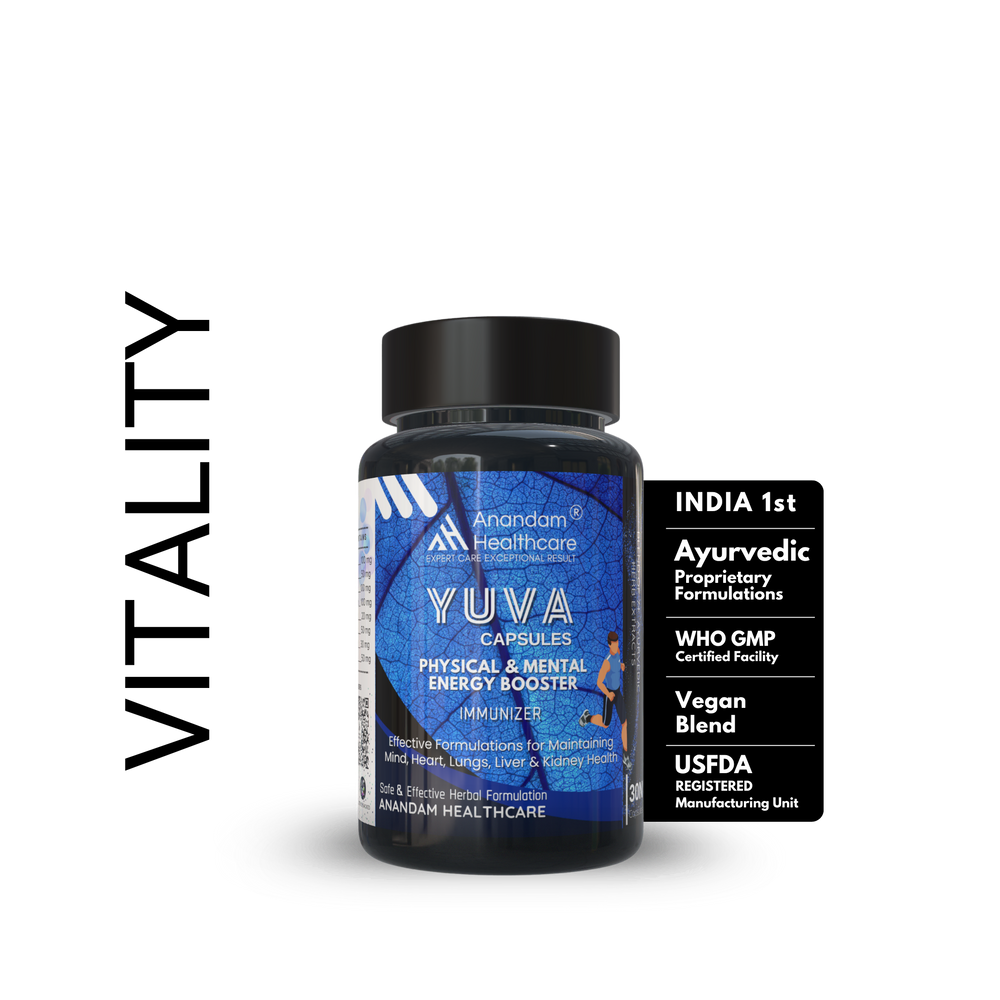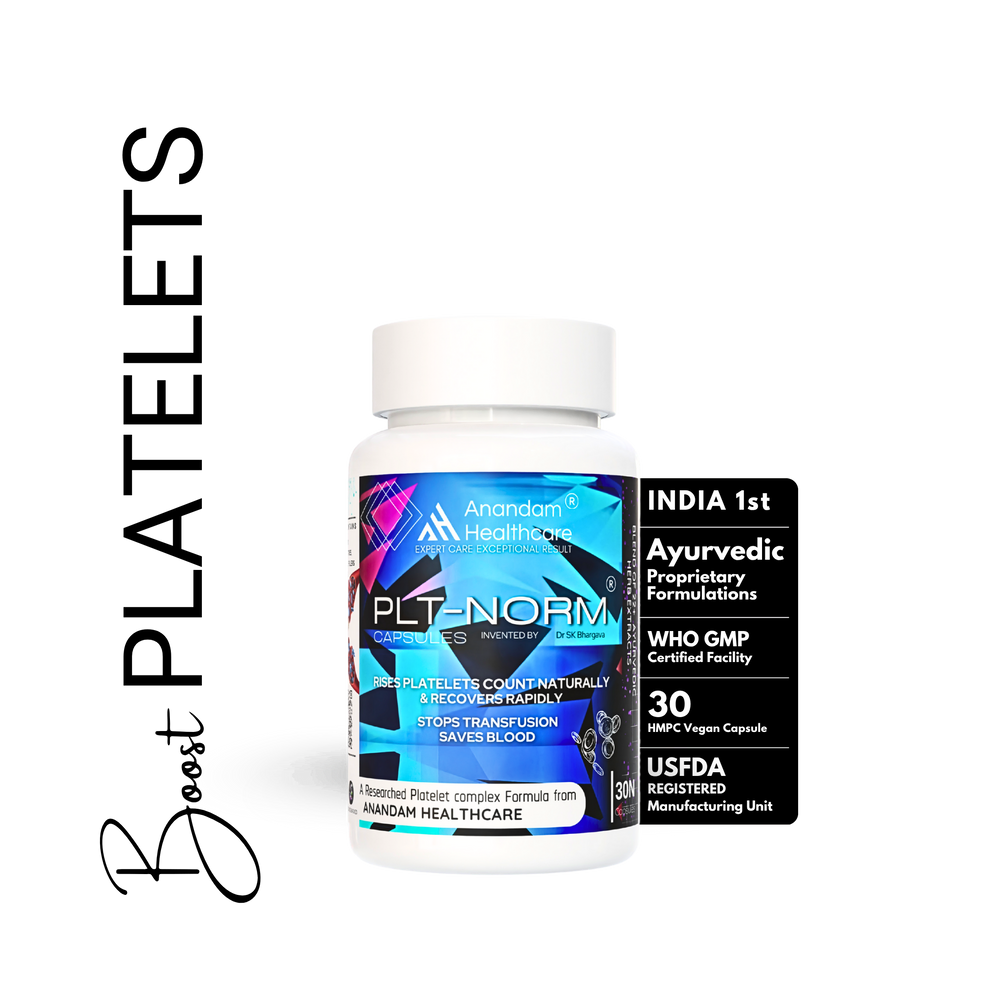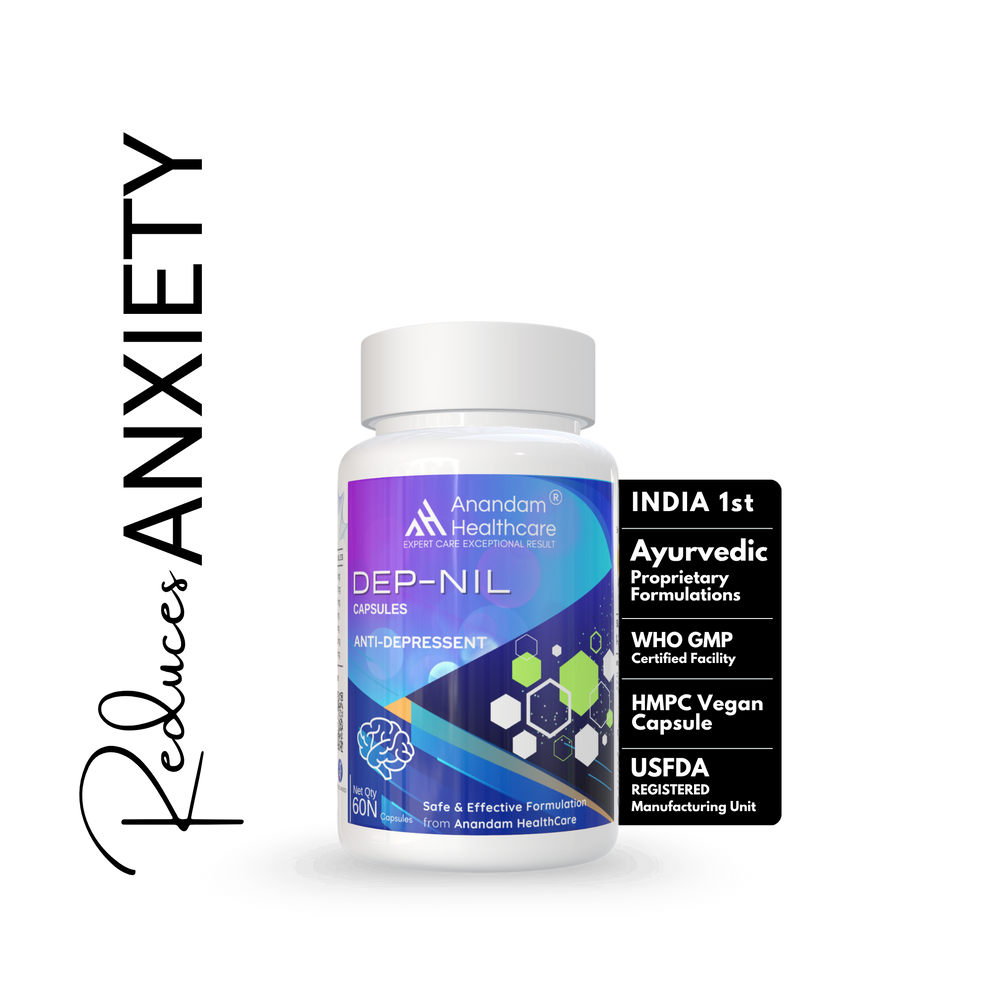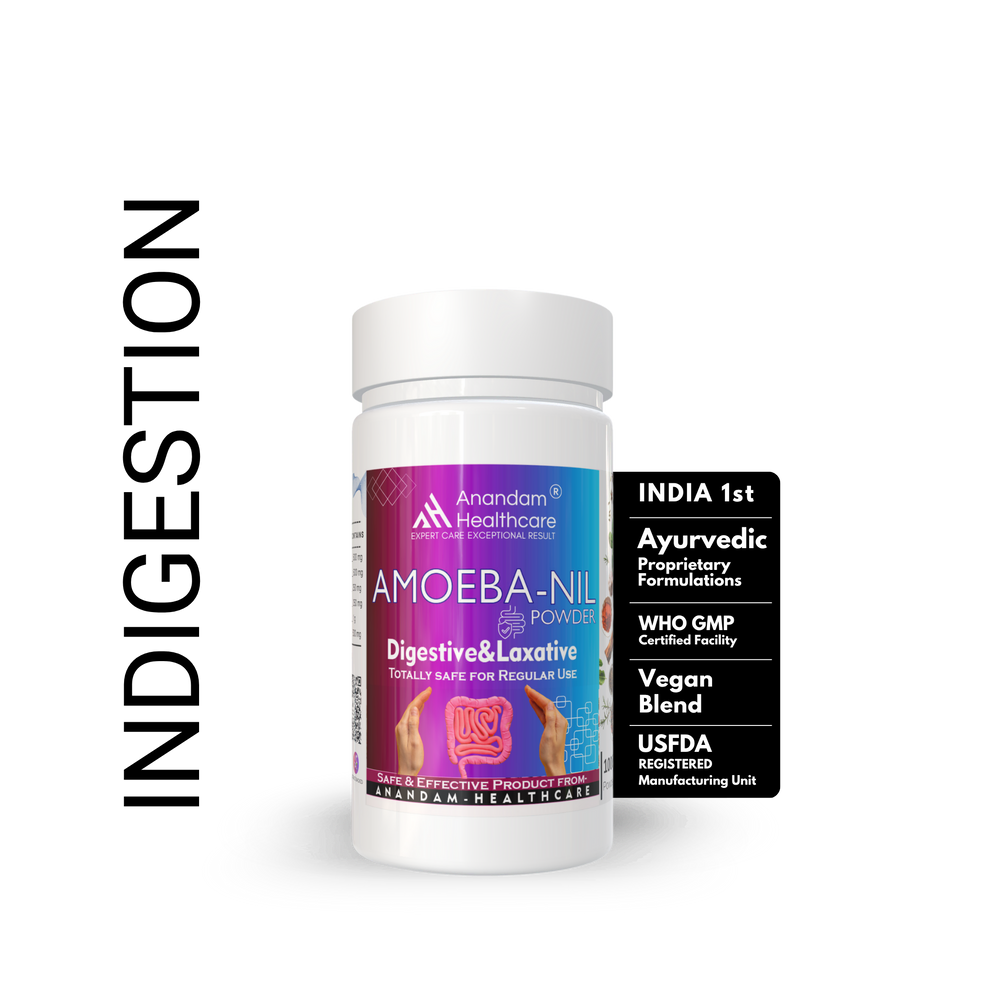
Health is never one-size-fits-all. You know it. I know it. We all have seen someone close—maybe a parent, a friend, maybe yourself—where the pill alone wasn’t enough. Or where yoga alone didn’t fix it either. That’s where the story of complementary and regular medicine begins. Two worlds. Seemingly apart. But often working together in ways you don’t imagine.
The Pill and the Prayer
Think about this. A man, mid-40s, suddenly collapses at work. Chest pain. Hospital rush. Doctors bring him back with quick intervention—regular medicine at its best. Stents, drugs, machines. Precise. Fast. Reliable. Without that? He may not survive.
Now, same man. After recovery, he fears it will happen again. He gets restless at night. He feels stress digging deeper than before. Then he starts something unusual—yoga at 6 AM, guided breathing, some Ayurvedic tea he never had faith in before. Slowly, quietly, the restless nights ease. His mood softens. He starts walking lighter.
This is what we mean by regular + complementary medicine. Not competition. Not one better than the other. But two halves holding the same patient.
What Regular Medicine Really Is
Let’s be clear. Regular medicine—and let’s keep calling it that—is what you’ll find in hospitals, clinics, emergency rooms. Science-driven. Evidence checked. Thousands of clinical trials before a single drug goes into your mouth.
It’s straightforward. Got an infection? Antibiotic. Heart attack? Immediate surgery. Accident? Surgery, blood transfusion, intensive care. Regular medicine saves lives right in the moment. It’s unbeatable when the situation is critical.
But yeah, there’s a “but.” Sometimes it doesn’t go beyond the immediate fight. It fixes symptoms, removes disease, but doesn’t always pause to look at the whole human story. It does miracles. Still, people often feel something’s missing.
What Complementary Medicine Feels Like
Now, shift to complementary medicine. Ayurveda, yoga, herbal teas, meditation, massage, acupuncture. Doesn’t sound like a hospital ward, right? It feels slower. Softer. Less invasive.
The focus here isn’t just disease. It’s balance. Harmony. You as a complete person. Imagine being treated not just as a patient, but as a human going through stress, sleepless nights, anxieties, body aches, and a whirlwind of emotions. That’s where complementary medicine eases in.
A cancer patient is an example. The chemo is harsh. Necessary, yes, but exhausting. Some turn to guided meditation. Or Ayurvedic tonics. Or acupuncture for that wave of nausea. Slowly, not dramatically, but steadily, life feels less heavy.
Does it cure cancer? No. Does it cure diabetes? Definitely not. But what it does—relieve side effects, improve quality of life, make the patient feel seen.
Why People Search for Both
Let’s be honest. Many of us look beyond tablets and machines because we crave something deeper. A gentler approach. Quick examples:
- Someone on hypertension meds might pick yoga to lower stress.
- A woman battling arthritis may add turmeric tea or massage therapy to ease joint pains.
- An anxious student may sit with breathwork as much as with his textbooks.
Complementary medicine rarely knocks out disease in emergency. But it walks beside you. It makes the journey lighter, calmer, and often longer-lasting. People don’t just want to “not be sick.” They want to feel alive.
Two Different Lenses
Now here’s the tricky bit: looking through both lenses.
Regular medicine stares straight at the disease. Diagnostic scans, lab markers, clear protocols. Binary in nature—there is a problem, here’s the fix.
Complementary medicine? It looks wider. It doesn’t just ask “where does it hurt?” It asks “what has your mind been holding?” “What’s your sleep like?” “What’s the stress you’re carrying every day?”
Neither is wrong. They’re just different perspectives. A microscope versus a wide-angle lens.
When They Overlap
This is what doctors and healers now call integrative medicine. And it’s no longer some fringe idea. Big hospitals worldwide have programs combining them. Because evidence is growing.
Examples? Cancer care. Doctors use chemo, radiation, modern scans. Patients at the same time guided through yoga therapy, meditation, herbs that don’t interfere with the treatment but soothe in unexpected ways.
Chronic pain? Regular medicine can provide painkillers. But alongside it—acupuncture, relaxation therapy, or Ayurvedic oil massage can reduce that dull ache without heavy drugs.
Heart surgeries? After care is critical. So, patients are advised exercise, meditation, natural foods, even pranayama to avoid anxiety. The blend sharpens recovery.
Precautions Matter
Quick warning though—it’s not all roses. Not every herb is harmless. Some herbs interfere with prescription drugs. Imagine unknowingly taking something that cancels the effect of your medicine—or worse, amplifies its side effects.
So yes, consult your doctor. Always. Both worlds should speak to each other. Silence between them creates risk. But when doctors and patients openly talk about both choices, healing strengthens.
The Bigger Picture
If you zoom out, you see this:
- Regular medicine is about survival. Crucial. Without it, countless lives would be lost daily.
- Complementary medicine is about living well. About prevention. Maintaining balance.
- The blend? That’s the future. Where science meets tradition. Where speed meets balance. Where curing disease meets nourishing health.
A Little Story to End
I’ll leave you with one story. A woman, early 60s. Diagnosed with diabetes 15 years back. Pills kept her sugar levels under control. But over time, she developed fatigue, body stiffness, creeping stress. Doctors did their part—adjusting dosages, monitoring regularly.
Her daughter, gently persistent, brought her into yoga classes. Twice a week. Small steps. She also started using bitter gourd juice in the mornings, not religiously, but often enough. At first, no big changes. But a few months down? She walked easier. Her mood improved. Pills still there. Doctors still part of the story. But she felt whole again.
That is what blending complementary and regular medicine does. It doesn’t deny one, it doesn’t glorify the other. It tells us—your health is a bigger story. And every story deserves more than one voice.
Final Reflection
So, should you abandon your pills? No. Should you rely only on meditation for serious illnesses? Also no. The truth is in between. Regular medicine will save you when emergencies strike. Complementary medicine will care for you in the silent spaces regular medicine often leaves.
When you use both wisely, you don’t just chase survival. You build a life that feels balanced, meaningful, whole. And maybe—that’s the real medicine.






